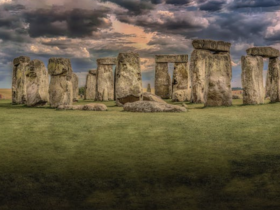Which one is your favorite method of cardio exercise? Walking? Jogging? Or running? If you want to a lot of calories, you should read on.
Calculating the Calories
One of the most common mistakes we make when calculating the amount of calories burnt during a run is not taking into account the number of calories we would’ve burnt had we just stayed at home and watched TV. This is known as the Base Calorie Burn or BCB. If you want to really know how calories do you burn when you run, you need t take the Total Calories Burnt or TCB and subtract the BCB. That would give you the Net Calories Burnt or NCB.
The after-burn
Due to the adaptive physiology of our body, running has more benefit over walking or jogging. What kind of benefit? For example, the after-burn. It is an elevated state of calories being burnt that’s above the BCB we normally have at rest. It persists for some time after we did intense aerobic exercise.

This is why running at a challenging pace gives better results, much faster than walking. After walking, the body returns to its normal BCB almost immediately. On the other hand, running produces a state of elevated energy consumption. This state can persist up to half an hour afterward.
The rule of Thumb
The rule of thumb is this. Running will burn about double the amount of calories walking does. And that’s without considering the after-burn. Jogging is somewhere in between. Sometimes, it can deliver less than calorie burnt that a demanding walk performed with wrist and ankle weights.
If you’re using walking as your primary means of cardiovascular training at the moment, you’ll need to walk twice as much as you would have run. That is if you want to approach the amount of calorie burnt. Let’s put it in other words. You’ll need to walk two kilometers if you want to burn calorie as much as when you run one kilometer.
And finally, we need to keep in mind of the body’s adaptive response to exercise. Indeed. Our body constantly optimizes in order to reduce the energy cost. What does this mean? It means that if we walk the same distance every day for three months, it’ll be a lot easier. And yes, we’ll no longer burn as many calories. We’ll need to increase the pace. Or start jogging.
The same thing goes to jogging as well. At some point after our jogging routine, we’ll need to start running. What about running, then? When we run, we need to find ways in order to challenge ourselves. How? Either by increasing the distance we run, or improving our speed. Another alternative is to mix the pace or by doing the running equivalent of high-intensity interval training or HIIT. HIIT is where we break up the pace constantly by going flat out then kicking it back for a little while and repeat it again.























